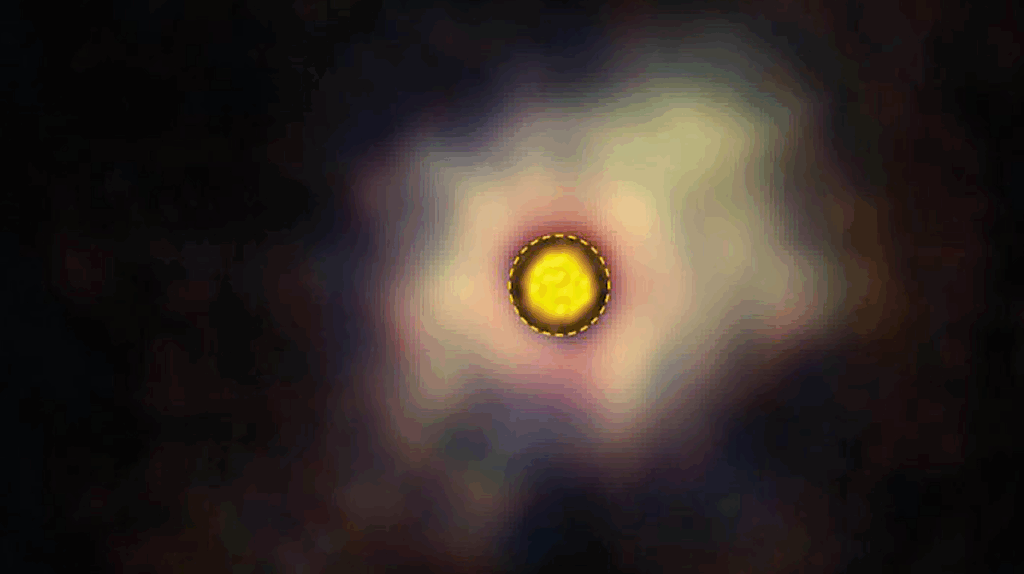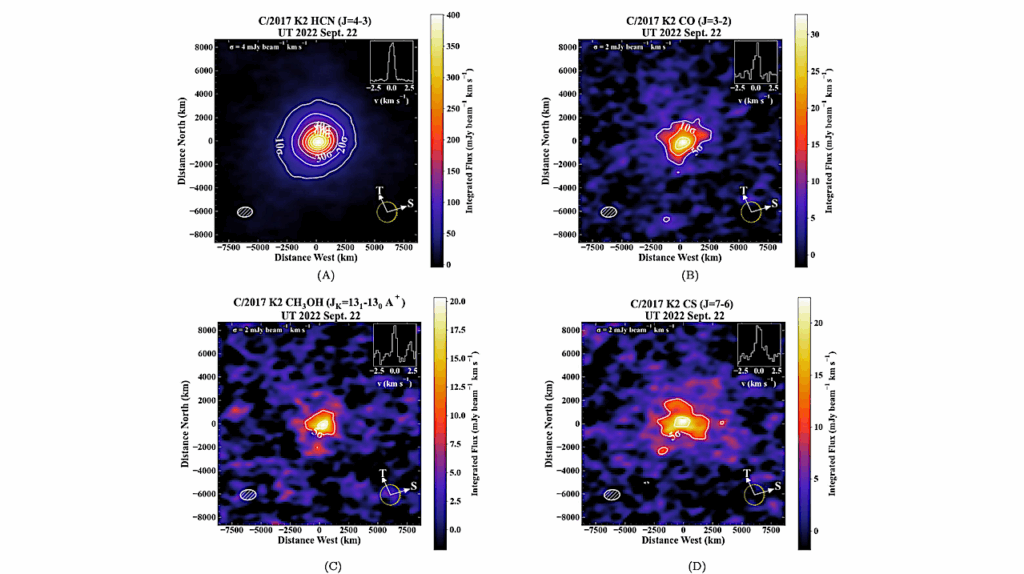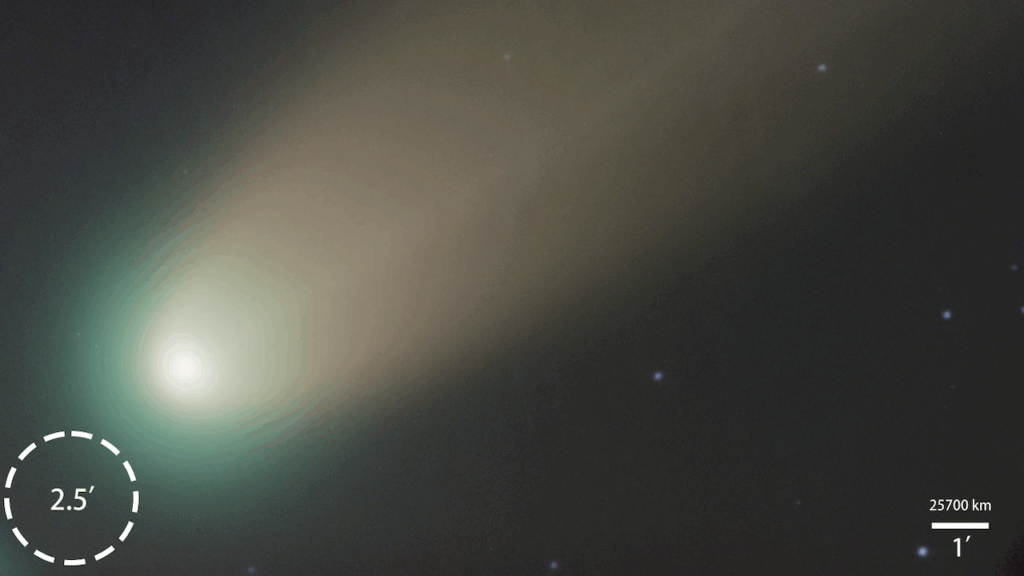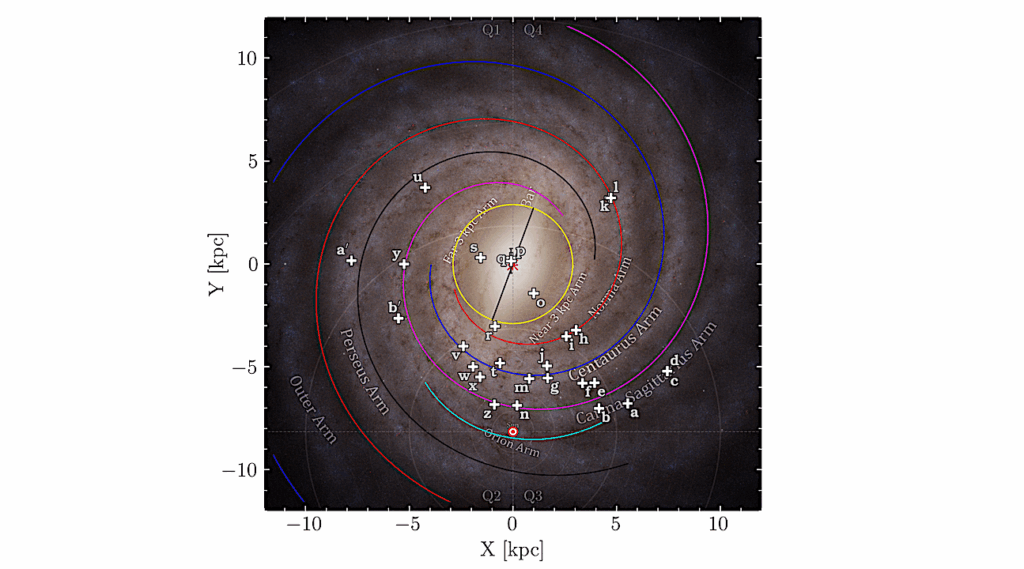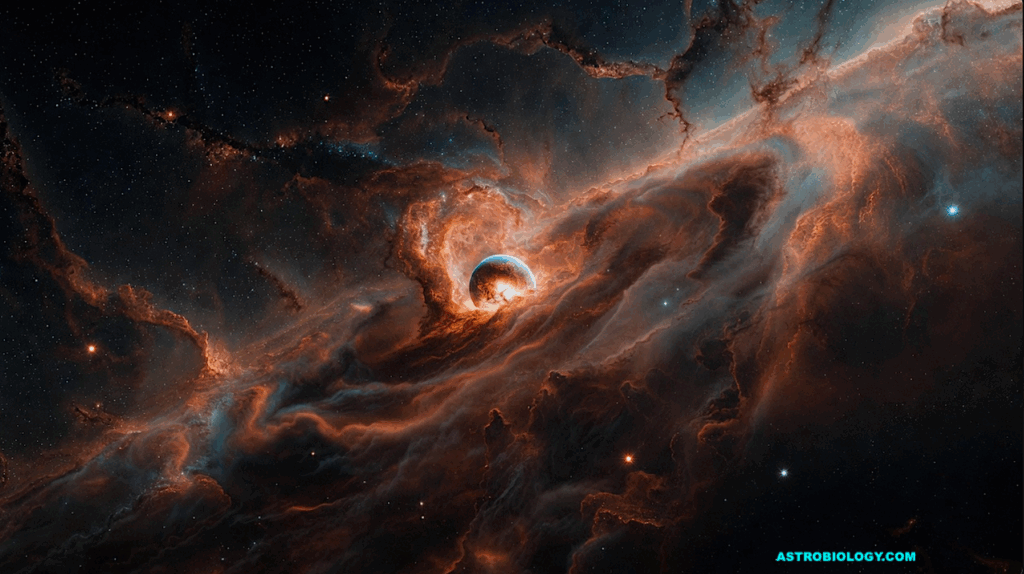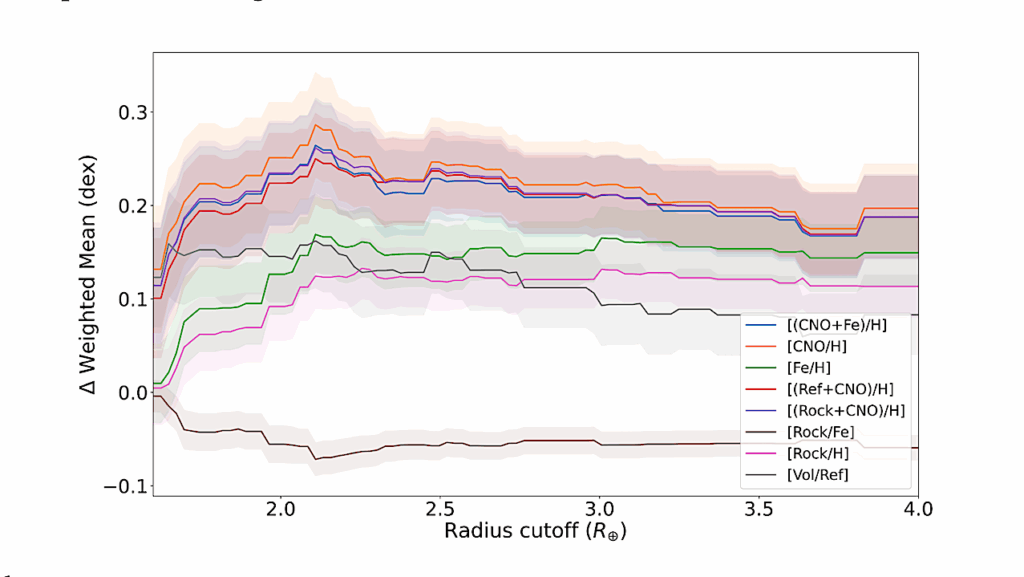Comprehensive Laboratory Constraints On Thermal Desorption Of Interstellar Ice Analogues
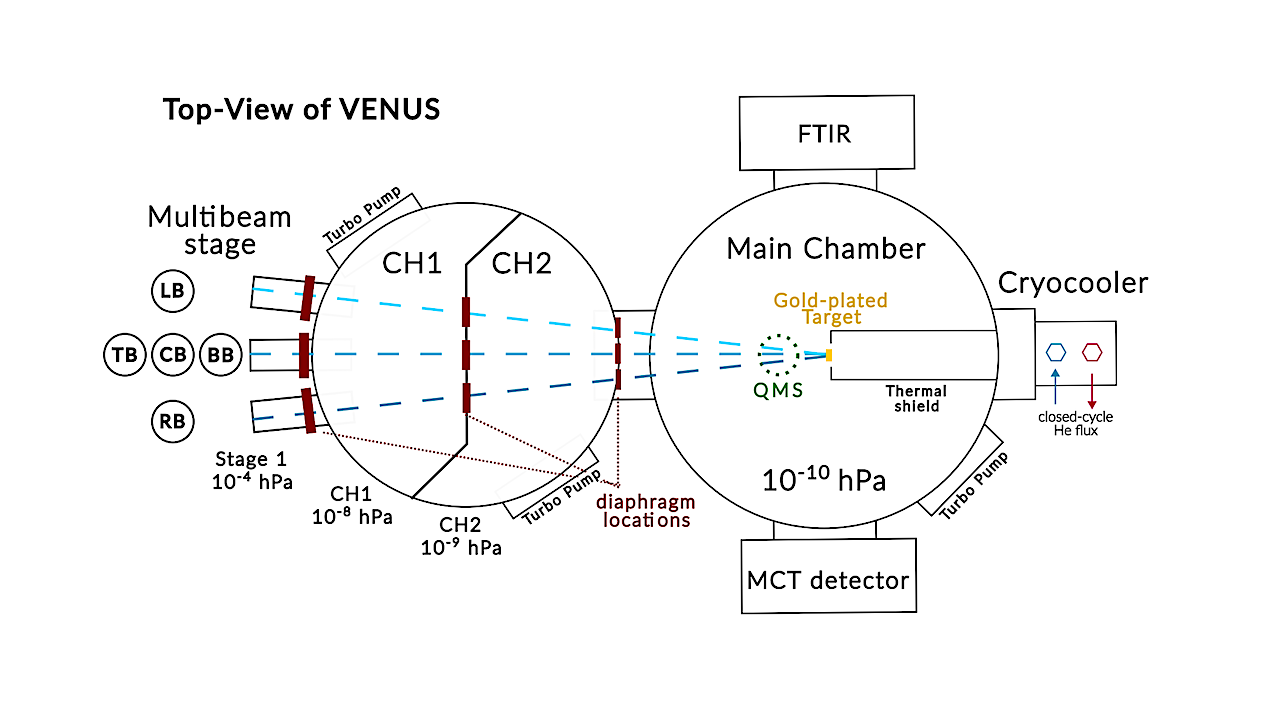
To explain grain growth and destruction in warm media, ice mantle formation and sublimation in cold media, and gas line emission spectroscopy, astrochemical models must mimic the gas–solid abundance ratio. Ice-sublimation mechanisms determine the position of snow lines and the nature of gas emitted by and locked inside planetary bodies in star-forming regions.
To interpret observations from the interplanetary and extragalactic interstellar mediums, gas phase abundances must be modelled correctly. This study presents comprehensive thermal desorption data for interstellar ice analogues, aiming to refine astrochemical models by generating a set of benchmarks to evaluate both the kinetics and thermodynamics in astrochemical models.
Our experiments focused on temperature-programmed desorption of pure and mixed ices, including Ar, CO, CO2, NH3, CH3OH, and H2O, under ultrahigh vacuum (1 x 10^-10 hPa) and low temperatures (10 K). Each experiment includes the experimental parameters, ice desorption kinetics for pure species, and the desorption yield (gas–solid ratio) for ice mixtures.
From the desorption yields, we find common trends in the trapping of molecules when their abundance is compared to water: compact amorphous water ices are capable of trapping up to 20% of volatiles (Ar, CO, and CO2), ~ 3% of CH3OH, and ~ 5% NH3 in relation to the water content within the ice matrix; ammonium formate is not trapped in the water ice films, and compact amorphous water ice formed in situ has similar trapping capabilities to a compact amorphous water ice deposited using molecular beams.
Our results highlight the limited trapping capacity of compact amorphous water ice for gases, crucial for understanding the formation of interstellar complex organic molecules.
F. Kruczkiewicz, F. Dulieu, A.V. Ivlev, P. Caselli, B.M. Giuliano, C. Ceccarelli, P. Theulé
Comments: Accepted for publication (A&A); 21 pages, 12 figures
Subjects: Astrophysics of Galaxies (astro-ph.GA)
Cite as: arXiv:2404.02695 [astro-ph.GA] (or arXiv:2404.02695v1 [astro-ph.GA] for this version)
Submission history
From: Franciele Kruczkiewicz
[v1] Wed, 3 Apr 2024 12:48:58 UTC (583 KB)
https://arxiv.org/abs/2404.02695
Astrobiology, Astrochemistry,


